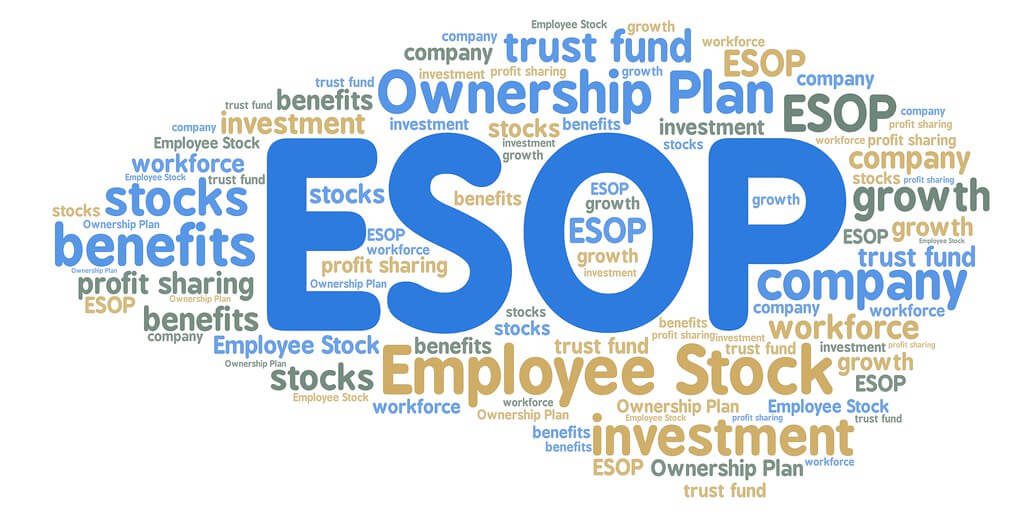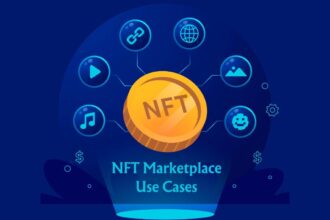Investors have been looking toward passive income schemes rather than active trading as major cryptocurrencies have approached all-time highs this year. Arguments on the relative benefits of yield farming and staking are just two examples of such tactics. In response to the dangers associated with active trading and the low-interest rates in other markets, yield farming and staking are gaining popularity as methods of compensating investors who HODL their preferred tokens and currencies.
Investors are no longer content to hoard cryptocurrency in the hope that its value will rise; instead, they are finding creative uses for their holdings. Yield farming and staking have emerged as the most popular methods of earning passive income from cryptocurrency holdings. What do you think is the better approach between the two?
What is Yield Farming?
To increase the amount of Bitcoin you have, you can practise yield farming. Like farming, it’s been compared in order to highlight how novel it is to “grow your cryptocurrency.” DeFi systems take crypto loans in exchange for interest and store the cash in a liquidity pool, which is effectively a smart contract.
For instance, there is a cost for exchanging Ethereum (ETH) for Dai (DAI). Liquidity providers receive this charge based on their contributions to the total available liquidity. The greater the amount of money put into the liquidity pool, the greater the payoffs.
What Is Staking?
Staking is the practice of committing crypto assets to a blockchain network in order to sustain that network and take part in validating transactions. Proof-of-stake (PoS) blockchain networks employ this consensus method. While waiting for block rewards to be distributed, investors receive interest on their deposits.
Since PoS consensus is dependent on ownership, the coins must be distributed initially in a fair manner among the validators for the system to function properly. You can do this by showing proof of burn or consulting a reliable third party. Staking becomes secure and totally decentralised if all nodes are in sync with the blockchain.
Yield Farming vs. Staking: What’s the Difference?
Aspect | Yield Farming | Staking |
|---|---|---|
Purpose | Generate returns through various DeFi protocols by providing liquidity and earning rewards. | Earn rewards by locking up a specific cryptocurrency to support a blockchain network’s operations. |
Income Source | Income primarily comes from trading fees, liquidity provision, and yield aggregator rewards. | Income is mainly generated from network inflation or transaction fees, distributed as staking rewards. |
Asset Usage | It involves lending or providing assets to liquidity pools for trading, which can be subject to impermanent loss. | It requires holding a specific cryptocurrency and locking it up in a wallet or on a platform. |
Liquidity Provision | Provides liquidity to decentralised exchanges, which can lead to higher returns but carries higher risks. | It does not involve providing liquidity and is generally considered lower risk. |
Reward Structure | Rewards can vary widely and are influenced by factors such as market demand, trading volume, and protocol design. | Rewards are typically fixed or predictable, determined by the blockchain’s staking algorithm and token supply dynamics. |
Entry Barrier | It may require more expertise and time to understand the DeFi ecosystem and choose the right projects to farm. | It is easier for beginners, as it only involves purchasing and holding a specific cryptocurrency. |
Yield Farming vs. Staking: Which Passive Income Strategy Is Better?
Yield farming is part of the ever-changing world of decentralised finance (DeFi), and it may be possible to make more money from it. But it comes with more risk because it exposes you to assets that can change quickly, smart contracts that can be hacked, and cash pools that can lose money quickly. This makes it a good choice for people who are willing to spend time and knowledge.
Conclusion
In the end, the choice comes down to how willing you are to take risks. If you’re okay with higher risk and want the possibility for higher returns, Yield Farming could be attractive. But if you want something more stable and easy to understand, Staking might be a better choice. Your passive income portfolio can have a good mix of risk and return if you use both ways as part of your strategy.









